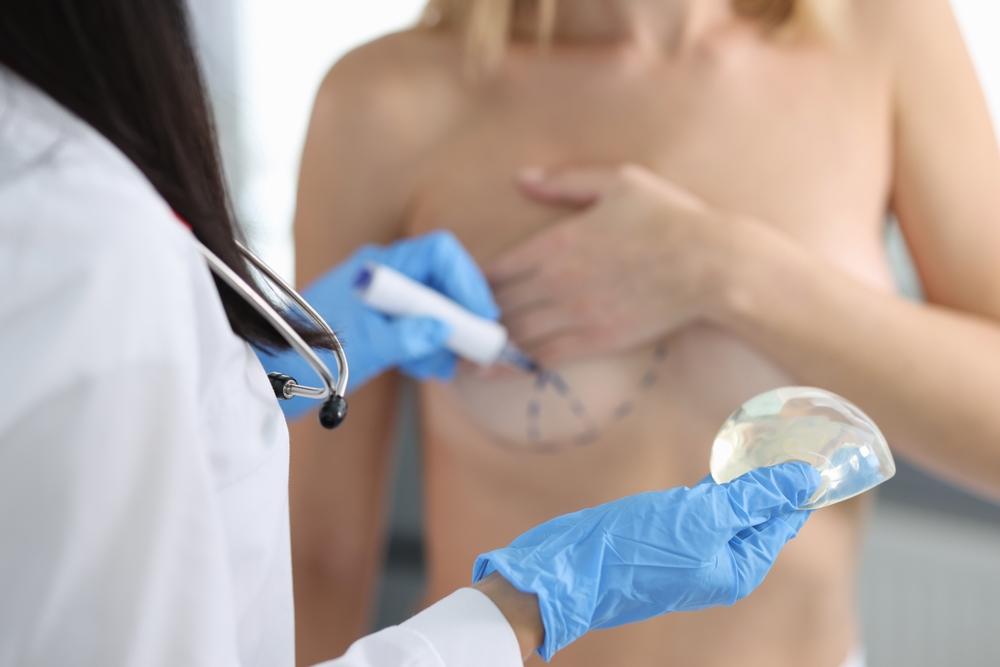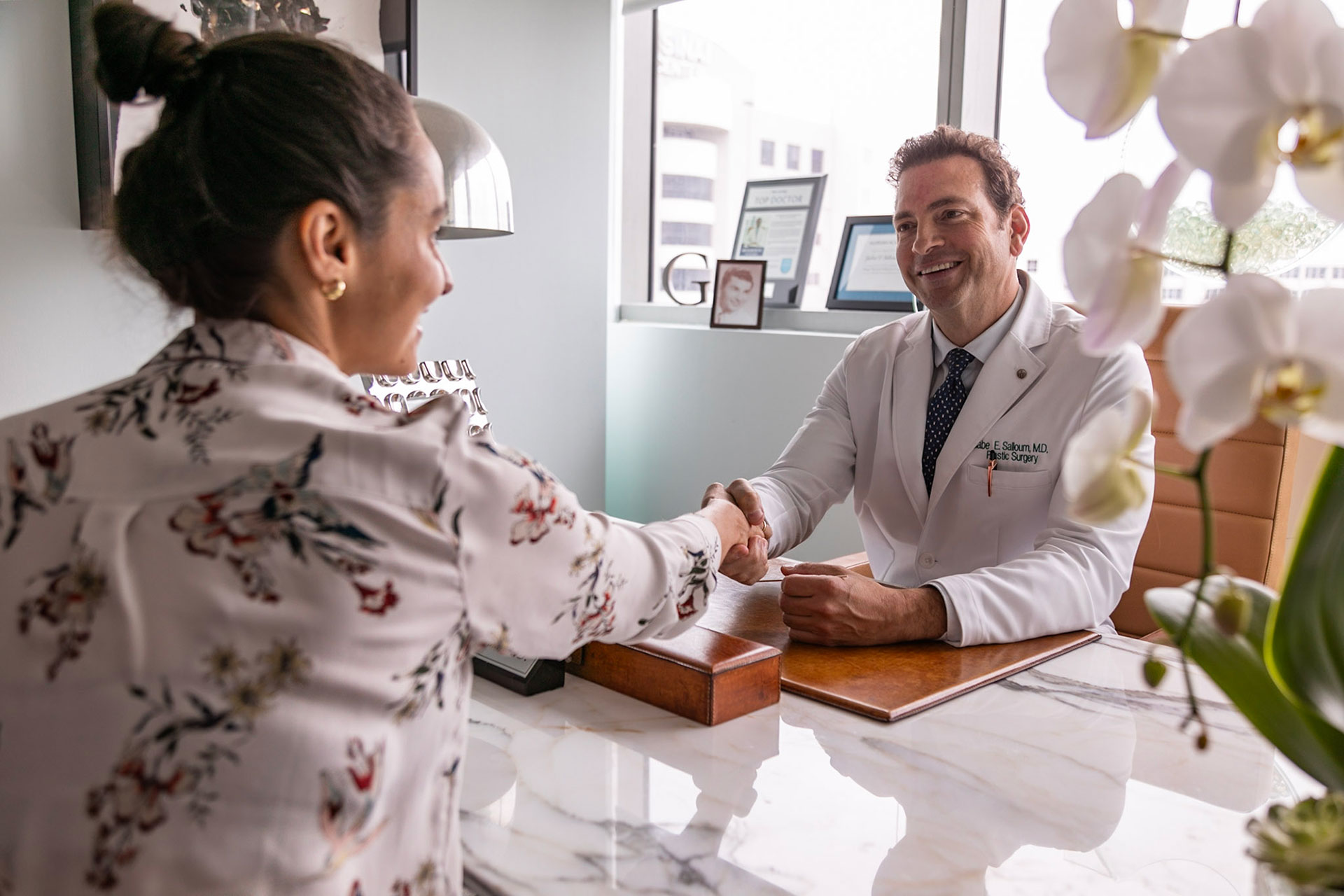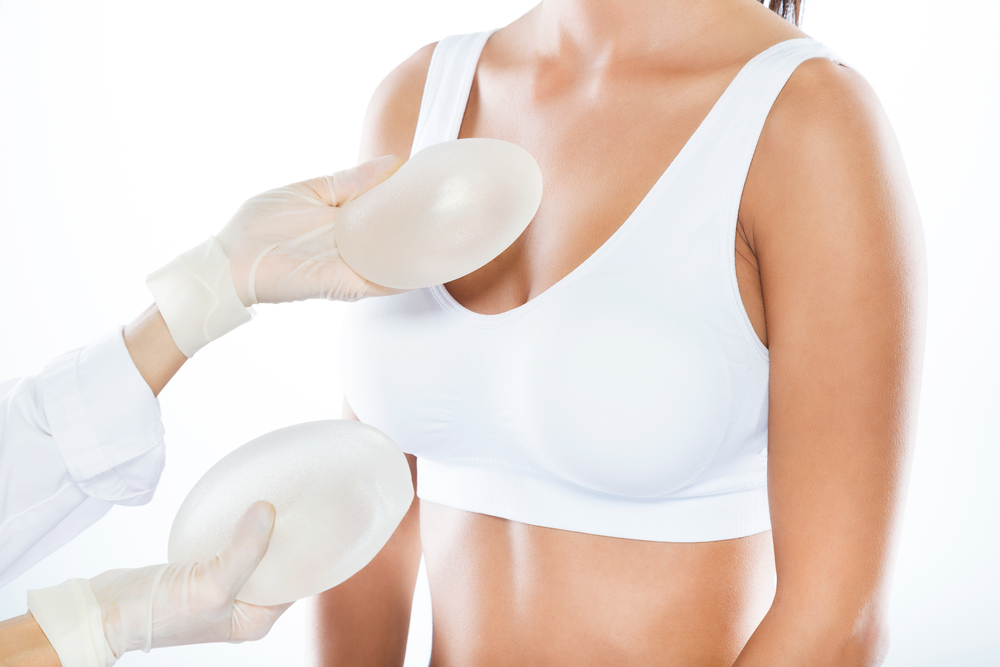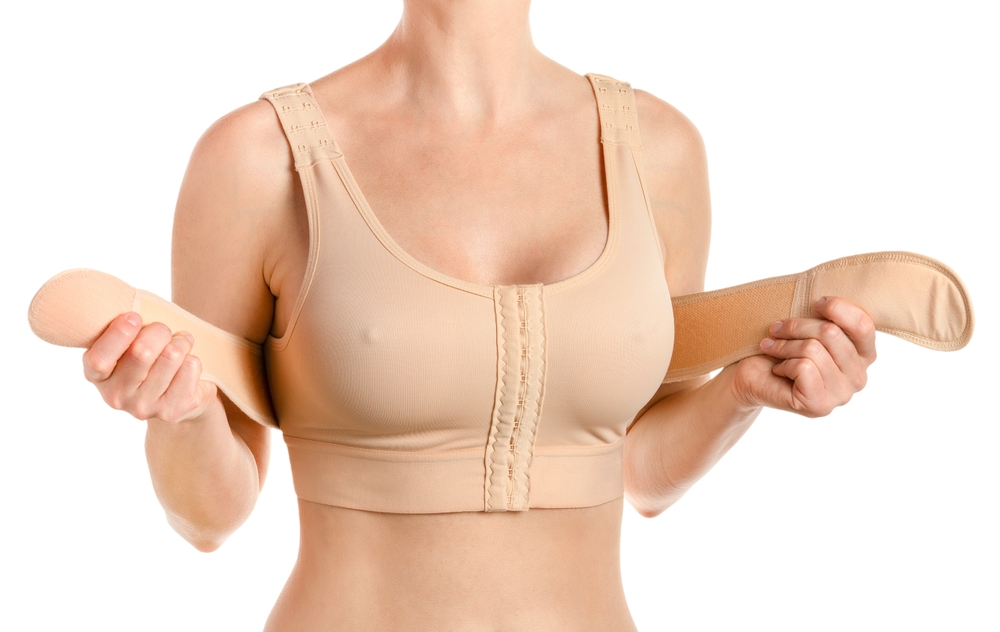
Thinking about a new breast size and shape can be exciting, but great results start well before you enter the operating room. In this guide, you’ll learn how to prepare for breast augmentation—from choosing the right plastic surgeon to packing your hospital bag.
Dr. Gabriel Salloum, a double-board-certified plastic surgeon in Miami with more than 18 years of experience, performs breast augmentation surgery at the Miami Center for Plastic Surgery, a boutique clinic known for attentive care and natural-looking outcomes. With the right planning, you can minimize stress, reduce possible complications, and enjoy a comfortable recovery. Let’s walk through each step so you feel confident long before the day of surgery arrives.
1. Choose the Best Surgeon for Your Breast Augmentation Surgery
Selecting a skilled, board‑certified doctor is the single most important decision you’ll make. Look for:

- Board certification in plastic surgery. The American Board of Plastic Surgery requires rigorous training and ongoing education.
- Hospital privileges. Surgeons who operate in accredited hospitals or surgical centers follow strict safety protocols.
- Before‑and‑after photos. Real patient galleries reveal a surgeon’s aesthetic style.
- Transparent communication. You should feel comfortable asking questions about incision placement, implant options, anesthesia, and patient safety.
Dr. Salloum is certified by both the American Board of Plastic Surgery and the American Board of Surgery and trained at institutions such as Vanderbilt University and Mount Sinai. His credentials ensure that every operation meets the highest standards of care.
If you’re ready to meet a leading Miami plastic surgeon, schedule your first appointment with Dr. Salloum today to discuss your goals and review personalized options.
2. Prepare for Your First Breast Augmentation Consultation at the Clinic

Your clinic visit sets the tone for the entire process. Bring a breast augmentation preparation list that covers:
- Desired cup size and shape
- Photos of results you admire
- A record of previous surgeries, allergies, and current medications
- Questions about recovery, costs, and follow‑up visits
During this meeting, Dr. Salloum’s nurse will record your vitals, and the doctor will examine your breast tissue, skin quality, and chest measurements. Expect to review incision placement choices—such as inframammary (under‑breast fold) or periareolar (around the nipple)—and discuss whether a breast lift is also needed to reach your goals.


SPECIALIST CARE YOU CAN TRUST
Dr. Salloum is supported by a brilliant team of caring staff members.
You can trust the entire staff to help make your visit as comfortable and safe as possible!
3. Be Honest About Your Health History and Medications

Complete transparency keeps you safe under general anesthetic. Disclose:
- Chronic conditions like high blood pressure or thyroid disease
- Past reactions to anesthesia
- Herbal supplements, vitamins, and recreational substances
- Current prescriptions, including birth control or blood thinners
You may need a blood test, medical clearance, or medication adjustments several weeks before surgery. If you smoke, plan to stop at least four weeks pre‑op to lower the risk of poor healing.
4. Pick the Right Breast Implant Type and Size for Your Goals

Implant decisions affect look, feel, and long-term maintenance. Dr. Salloum offers:
- Saline implants—sterile saltwater in a silicone shell; smaller incision, easier detection of leaks.
- Silicone gel implants—soft, natural feel; ideal for patients with thinner breast tissue.
- Gummy bear implants—cohesive gel that holds shape even if the shell breaks.
- Fat transfer—uses your own fat for subtle enhancement and no implant upkeep.
Use 3‑D imaging or sizer bras during your consultation to visualize your new breast size. Remember that larger implants may lengthen recovery time and increase the need for surgical bras and supportive garments.
5. Plan Enough Recovery Time After Breast Augmentation for Comfort
Most patients can return to desk work within a week, but strenuous exercise, heavy lifting, and driving may be restricted for four to six weeks. Arrange:
- Time off work or school. Secure at least seven days of rest.
- Help with childcare or pets. Lifting toddlers or large dogs can disrupt healing.
- A comfortable recovery space. Stock extra pillows, loose front-button shirts, and a recliner or adjustable bed.
Proper planning allows you to focus on healing rather than logistics.
6. Follow Your Surgeon’s Pre‑Surgery Instructions Closely
Two weeks before the operation you’ll receive detailed pre op instructions that may include:
- Stop aspirin, ibuprofen, and certain supplements that increase bleeding.
- Fill pain‑relief and antibiotic prescriptions in advance.
- Complete any required mammogram or breast imaging.
- Arrange for a responsible adult to drive you home from the hospital.
Adhering to these instructions reduces the chance of infection, bleeding, and implant displacement.
7. Get Emotionally Ready for Your Breast Augmentation Procedure

Even positive change can spark nerves. Try these tips:
- Set realistic expectations. Swelling and asymmetry are common in the first few weeks.
- Practice relaxation techniques. Deep breathing, meditation, or light walks can lower stress.
- Talk to past patients. Hearing real‑world stories eases anxiety and prepares you for the day of surgery.
Feeling informed and supported makes the experience smoother and more rewarding.
8. Pack Essentials for the Day of Your Surgery

Your hospital bag doesn’t need to be large, but certain items make a difference:
- Photo ID and insurance card
- Loose, zip‑front or button-down top and elastic‑waist pants
- Lip balm and travel‑size toiletries
- Phone charger with a long cord
- Prescriptions and a list of current medications
- Soft surgical bra (if provided by the clinic)
Arrive at the hospital or accredited surgical center in a clean, button‑down shirt and slip‑on shoes. Leave valuables at home.
Use This Quick Checklist Before Your Breast Augmentation
Before heading to the clinic, confirm that you have:
- Completed all lab work and medical clearance
- Stopped smoking and avoided alcohol for at least 48 hours
- Picked up prescriptions and over‑the‑counter supplies
- Arranged transportation and overnight help
- Washed with the recommended antibacterial soap the night before surgery
- Removed jewelry, nail polish, and contact lenses
Checking each item helps ensure a smooth day of surgery and a comfortable recovery.
9. Arrange Help at Home for a Smooth Recovery
For the first 48 hours you may feel groggy from anesthesia and pain medication. Ask a trusted friend or family member to:
- Track your medication schedule
- Prepare light meals and keep water within reach
- Help you change surgical tape and adjust pillows
- Monitor incision sites for unusual redness, swelling, or discharge
Having assistance prevents strain on your chest muscles and lets you rest.
10. Learn the Best Sleeping Positions After Breast Augmentation

Sleeping upright at a 30‑ to 45‑degree angle reduces swelling and keeps implants in optimal position. Use a wedge pillow or recliner and place extra cushions under your arms for support.
Avoid side‑sleeping and stomach‑sleeping until Dr. Salloum clears you—usually after four to six weeks. Proper positioning protects the incision and promotes even healing.
Know What to Expect During the First Week Post‑Surgery
- Day 1–2: Expect tightness and moderate discomfort. Your nurse will review drain care if used.
- Day 3–5: Bruising peaks; continue wearing your surgical bra 24/7. Short walks aid circulation.
- Day 6–7: Swelling starts to subside. You’ll attend a follow‑up appointment to remove dressings and discuss activity levels.
Report fever, severe pain, or sudden breast size changes immediately—these may signal possible complications such as hematoma or infection.
Get Top‑Class Breast Augmentation in Miami, FL
Choosing Dr. Gabriel Salloum means entrusting your breast surgery to a surgeon who combines artistry with meticulous technique. From the first consultation to the final follow‑up, our clinic prioritizes patient safety, comfort, and beautiful results. If you’re ready to enhance your figure and confidence, contact the Miami Center for Plastic Surgery today to book your breast augmentation pre‑op appointment and take the first step toward the look you’ve always wanted.
Call 305‑405‑6910 or request a consultation online now—spots for summer surgery dates are filling fast.